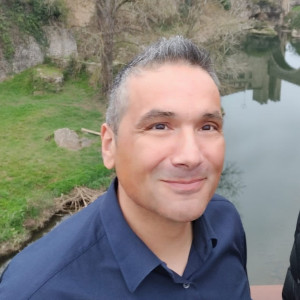Capítulos

Los/las mejores profesores/as de Inglés que están disponibles
Estilo directo e indirecto
1 Direct speech / Estilo directo
Utilizamos el estilo directo cuando reproducimos exactamente lo que otra persona ha dicho. La frase que ha dicho la persona se coloca entre comillas ("...").
Ejemplo:
My brother said "I'm going on holiday".
"I love cooking", John said.
2Reported speech / Estilo indirecto
En el estilo indirecto se dice lo que una tercera ha dicho a través de:
pasado del verbo 'say' + (that) + clause
pasado del verbo 'tell' + object pronoun + that + clause
pasado del verbo 'tell' + object pronoun + that + clause
En el estilo indirecto, los tiempos verbales se modifican:
Verb tenseDirect speechReported speech
| Present simple Past simple | We play the guitar | We said (that) we played the guitar |
| Present continuous Past continuous | We are playing the guitar | We told him (that) we were playing the guitar |
| Simple past Past perfect /Simple past(*No change) | We played the guitar | We said (that) we played the guitar / We said (that) we had played the guitar |
| Past continuous Past perfect continuous | We were playing the guitar | We told him (that) we had been playing the guitar |
| Present perfect Past perfect | We have played the guitar | We said that we had played the guitar |
| Present perfect continuous Past perfect continuous | We have been playing the guitar | We said that we had been playing the guitar |
| Past perfect Past perfect (*No change) | We had played the guitar | We said (that) we had played the guitar |
| Past perfect continuous Past perfect continuous (*No change) | We had been playing the guitar | We said (that) we had been playing the guitar |
¿Te gustaría probar con un profesor particular ingles? ¡Encuéntralo en Superprof!













Some answers are not correct
Hi Jake, thank you for you comment. We corrected the little errors that made their way in our article. :)